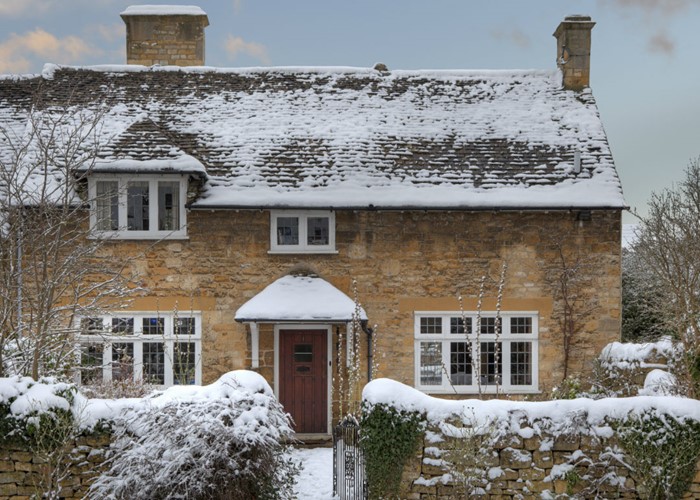One In Five Homes In Higher Stamp Duty Bracket

A recent report reveals that one in five of us will have to pay £7,500 or more in stamp duty, should we wish to move home.
Buying a property in the UK can cost a fortune. For a start, with the average house price now over £200k, according to the Royal Institution of Chartered Surveyors, finding a deposit can be a struggle. Add to that the price of surveys, solicitor's fees, mortgage application fees and searches and that's another few thousand pounds you'll never see again. But increasingly, one of the largest fees you'll pay, when buying a property, is Stamp Duty.
Stamp Duty
Stamp Duty Land Tax (SDLT) commonly referred to as stamp duty, is the tax payable when we buy property. When you purchase a home you'll pay stamp duty on a sliding scale, according to its price.
Stamp Duty Land Tax Thresholds Payable on Residential Property
Residential Property Purchase Price | Rate of Stamp Duty Land Tax |
|---|---|
Up to £125,000 | 0 |
£125,001 -- £250,000 | 1% |
£250,001 -- £500,000 | 3% |
£500,001 or more | 4% |
Properties costing less than £125,000 will therefore incur no stamp duty. Pay £250,000, however and you'll have to pay an extra 1% of the purchase price, or £2,500, to the government. And buy a property costing £500,001 and you'll have to fork out £20,000 to Gordon!
Additionally, as the tax is paid in full at its highest rate it can be extremely unfair. For instance, if you were to buy a property costing £250,000 you'd pay £2,500 in stamp duty -- but pay an extra £100 for your home and your tax bill would increase by just over a whopping £5,000, to £7,503.
No increase of higher bands in a decade
But stamp duty is particularly contentious as its thresholds haven't increased in line with rising house prices. Although it used to be payable at a flat rate of 1%, the government introduced the two higher bands in 1997, and those thresholds have not changed in these last ten years. In contrast, a recent report from Halifax Bank reckons that the average house price has increased by a whopping 175% in this period.
In fact, Halifax reckons that if these two thresholds had been increased in line with house price inflation since July 1997, the £250,000 threshold would now stand at £680,000, and the £500,000 band would be £1,360,000!
What's more, the lowest bracket would have risen from £125,000 to £185,000, meaning that more first time buyers would have the possibility of buying a house without paying stamp duty.
One in five homes now valued above £250,000
Halifax estimates that 3.5 million (19%) homes in England and Wales are now valued above the £250,000 stamp duty threshold, meaning that almost one in five homebuyers will have to pay higher rates of stamp duty, due to the government's failure to increase these thresholds. What's more, this figure includes 600,000 homes priced at £500,000 or more, upon which stamp duty is payable at its highest rate of 4%.
Stamp duty is clearly a nice little earner for the government and the failure to increase thresholds has certainly added to the pot. In 2005/6 Halifax reckons the government collected about £4.6bn in stamp duty from residential property sales, up a whopping 114% from the £2.1bn raised in 2000/1. What's more, nearly a quarter of postcode districts in England and Wales now have an average price above the 3% stamp duty threshold, compared to only one in 20 districts five years ago.
Halifax has called upon the government to "increase the thresholds in line with the increase in house prices since the mid-Nineties and to commit to index-linking all the thresholds to house price inflation in the future." Will anything change? We'll just have to see what happens on 21 March, when the next budget is revealed.
Switch to a cheaper home loan in our Mortgage Centre.
Most Recent
Comments
Be the first to comment
Do you want to comment on this article? You need to be signed in for this feature








